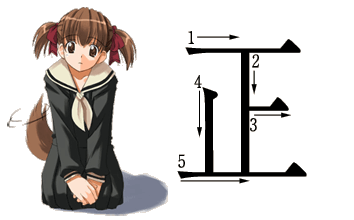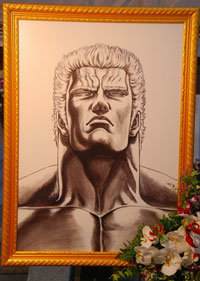The local cell phone industry has been turned on its ear by the news that Europe’s Vodafone was quitting the Japanese market. Vodafone bought ailing J-Phone and tried to make their successful business model work in Japan, but technical issues and business mistakes such as introducing blocky “candy bar” phones in a country that prefers sleeker flip-style handsets kept them in the red. Yahoo mogul Masatoshi Son, the Japanese of Korean descent who is often seen as the Bill Gates of Japan, is rumored to be buying Vodafone’s assets. I hope he makes a successful run of it, as the cellular industry here could use a dose or two of healthy competition. Things seem to have gotten into a rut, with NTT Docomo and KDDI’s AU both seemingly happy with their respective market share of 50% and 33%. Change may already be on the way, though, in the form of the upcoming “Big Bang” reforms that will require carriers to let customers take their phone numbers with them even if they change to competitors.

Language reflects culture and vice-versa, and there are many examples of this phenomenon here. Japan is a place that usually values one “correct” way of doing things — for example, studying hard to get into a famous university then going to work for a respected company as a salaryman is seen in a better light than, say, quitting your job as an English teacher to start a company selling all forms of Japanese pop culture, as I did with J-List. There are many words that represent this tendency to prefer doing things the way they should be done, such as chanto (“properly”) or kichinto (“correctly”). Ditto for writing Chinese characters — each kanji has an exact stroke order that must be learned, and when people count something on paper here, they write the five-stroke kanji for “correct” rather than make “chicken scratch” tally marks as in the West. There’s even a proper way to sit, called seiza (meaning “correct sitting”), which is a polite way of kneeling with your rear end resting on the bottoms of your feet. Seiza is widely used in martial arts, flower arranging, and zen meditation, as well as many formal settings when you need to show respect to others. Last weekend, my daughter attended tea ceremony with the Girl Scouts, during which everyone had to sit in seiza style for two hours or so. My “gaijin” daughter had no problem maintaining the kneeling pose, but my Japanese wife’s legs kept falling asleep, the great amusement of the instructor.
A friend of mine just bought a mansion in Kyushu. It may sound like he’s got a lot of money, but in Japanese the English word mansion (マンション) is one of many words that has been redefined to mean something slightly different, in this case a high-rise apartment that’s usually owned rather than rented. There are many examples of this subtle re-mapping of English words in Japan, including bike (always a motorcycle, never a bicycle), rouge (what lipstick is called here), manicure (nail polish), hip (buttocks), short-cut (a short hair-cut), limousine bus (those comfortable busses they have at airports), cooler (air conditioner), and lynch (which just means “to beat someone up” in its Japanese usage). Yes, words are tenuous things. Once I was teaching English, and a (very attractive) female student introduced me to her her boyfriend who was sitting in on the class. The trouble is, that wasn’t the term she used — instead, she introduced him as her “lover” (in Japanese, koibito or “love person”) which caused the temperature in the room to rise considerably for the rest of the lesson.















